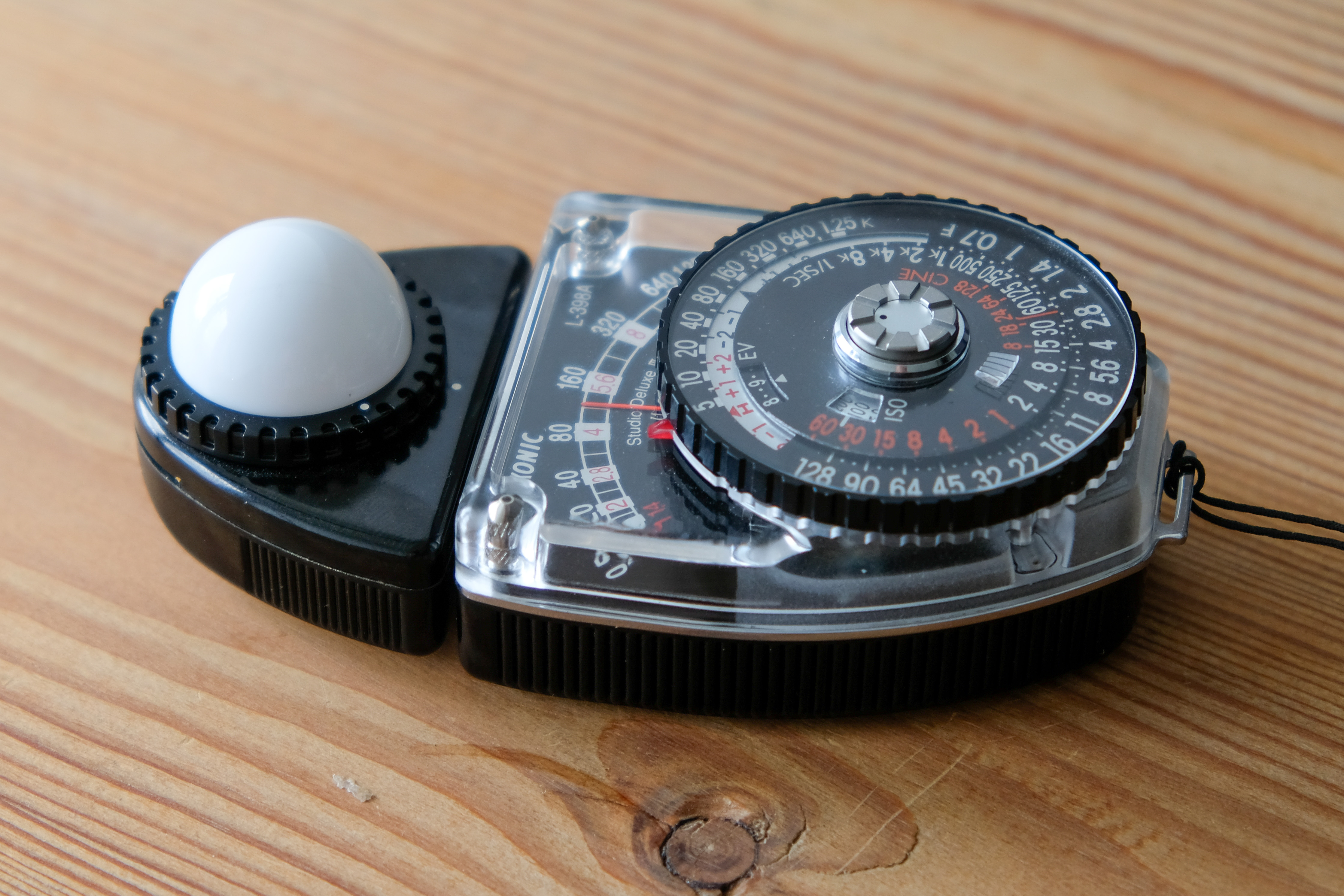Exposure is vital
Unless you have a very old vintage camera, it is most likely that a light meter is built into your camera!

The light meter measures the amount of ambient light available and based on this, the camera can choose camera settings (aperture, Shutter speed and ISO) to get a correct exposed picture. (PS: Take the wording “correct exposed” with a grain of sand, as exposure can be used as a creative tool and hence “correct exposure” is more the technical correct exposure.)
The meter in your camera can read the light in different ways and give priority to different aspects to help you get the exposure you want. Mind you that the camera has no idea what it is you are shooting, so any help you can give it will help bring the exposure closer to what you are after. The exposure modes are just different ways of reading the light.
There are variations in how the different camera manufacturers name their exposure modes, but the principles are roughly the same. Here I use the names from Nikon, but when you read the manual for your specific camera, I am sure you can recognize the different modes.
Spot metering
Spot metering measures the light only in the focus point or in area just around it. It ignores the amount of light in the rest of the frame. This pin prick way of measuring the light makes it possible to have blown out areas or loosing details in the shades with no problem – the camera only meters the focus point. This is useful if you want to make sure than the eye of a person is correctly exposed in a scene where there is lots of either bright or dark areas or both.
Center-weighted
Center weighted metering takes the entire scene into account, but gives more priority to the center of the frame. This is a classic metering mode for portraits, as it helps get the person exposed well, with less weight to the outer parts of the frame. This of course provided you put your subject in the center of the frame! You can via the menu system control how much emphasis the camera is to put on the center part relative to the rest of the frame.
Highlight-weighted
Highlight weighted takes the brightest area of the frame and makes sure it does not get blown out, but on the other hand ignores that details are potentially lost in the shadows. In other words, if there are very bright areas in your frame, this mode will deliberately under expose your picture to secure the highlights are preserved. Very useful if you are shooting with the sun or some spotlights in the frame and want to preserve all the details in the bright areas.
Evaluative / Matrix metering
The matrix or evaluative metering takes the entire frame into consideration when metering the light. It is the most automated of the metering modes, as it gives a good balance between bright and dark areas. However, as it is a highly automated mode, the camera will try to find the “middle of the road” and make compromises to make the best of the scene without knowing what you shoot.
What should you choose?
If you don’t know what to choose, the evaluative / matrix metering is the option to go for. It gives you a good compromise and many photographers never leave this metering mode. And if you shoot RAW, there are lots of options for working with the exposure in post to recover details in the dark or details in the bright areas.
I typically shoot in RAW and use the evaluative / matrix metering. If I shoot where the light is very harsh, for example in the middle of a summers day, then I switch to the highlight weighted mode to avoid blown out parts, but I do so knowing that I may loose details in the dark.
All of the above is less relevant if you shoot in the automated mode (i.e. not P, A, S and M). In the fully automated mode (green A on the mode dial) the camera ignores your metering settings and makes its own decisions!
Thank you for reading this far! Questions and comments are more than welcome!
